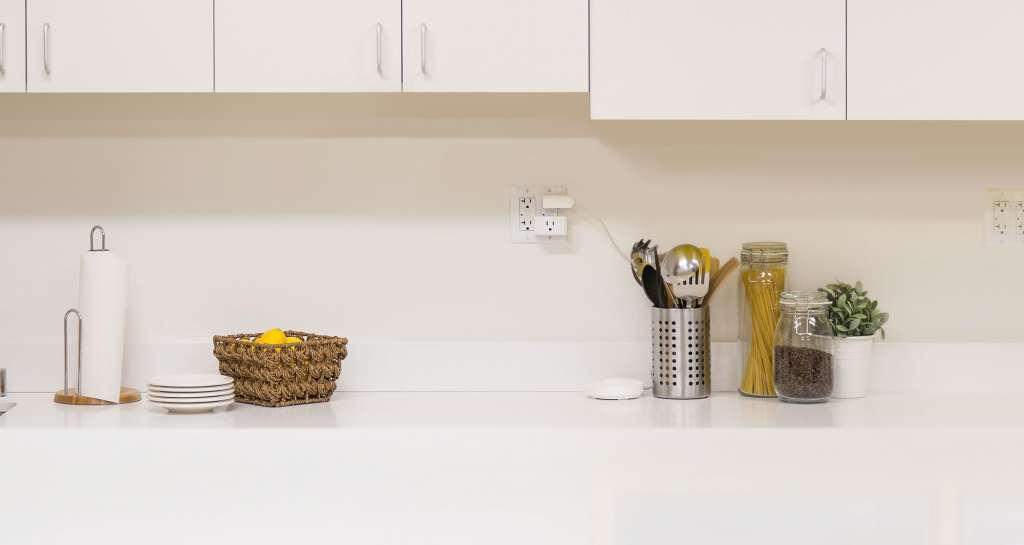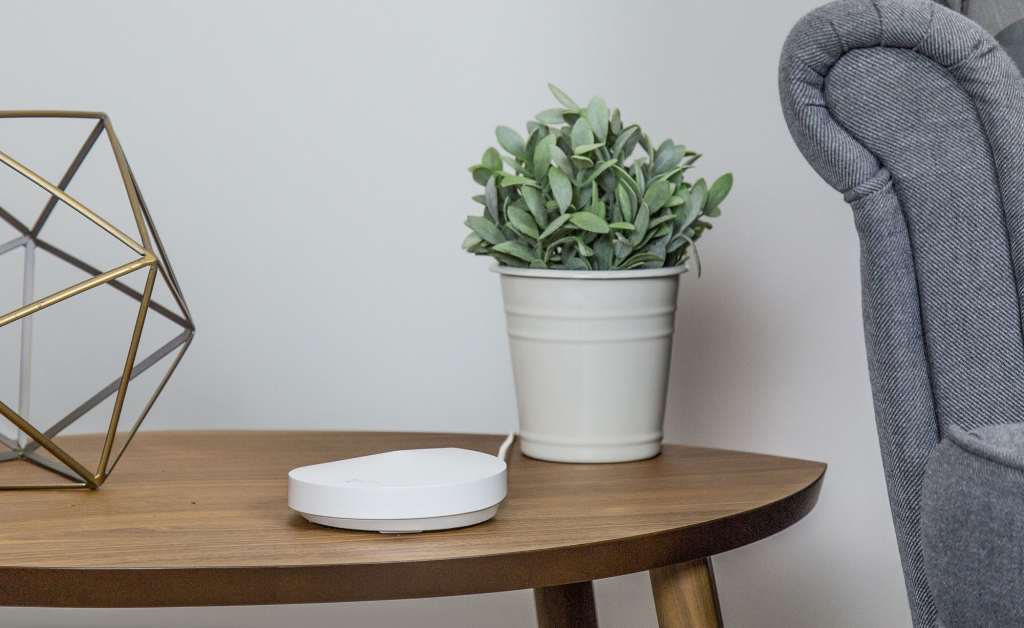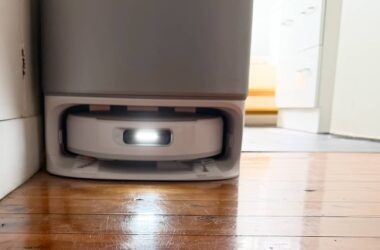Wireless networking at home might just get a little easier very shortly, as the WiFi Alliance builds a standard that will let you buy into mesh networking from multiple makers, not just one.
WiFi has a bit of a problem right now, and it’s one that affects people in both home and the workplace: it doesn’t cover everywhere.
Call it a problem of range, of reception, of connectivity, and of bandwidth, but WiFi networks tend to struggle these days, and our love of devices is partly to blame. The more smartphones, laptops, tablets, video game consoles, security cameras, smart speakers, smart TVs, and anything else with WiFi in it “things” that we have, the more processing power that little router needs, and the more bandwidth it needs to share.
Simply put, managing the amount of traffic that is pushed through a home network is a serious problem, and it’s one that is shared by the reception and range issue. The other issue that makes a dent on wireless woes, network connections don’t always reach every corner of the home, with the router generally sitting in one part of the home and struggling to reach everywhere.
However mesh networking seeks to help both of these, creating a network that is held up by multiple points around the home.
Much like how Sonos designed its original wireless network of sound, little mesh points are positioned throughout the space you’re setting up that talk to each other, holding the network up and improving wireless so that it forms a blanket-like “mesh” in the home.
In the past few years, network manufacturers have chimed in on the technology, and recently we’ve seen a few arrive, including options from D-Link, TP-Link, Linksys, Google, and even Netgear’s Orbi which was like mesh but not exactly it.
But mesh networking also comes with an inherent problem: once you buy into a mesh networking model and brand, you’re stuck buying that brand for the life of that system.
While you can bring any pair of wireless headphones or wireless speaker to your phone, and you can also bring almost any wireless range extender to your network hub, mesh networks have to be from the same model. If you buy from D-Link’s Covr and you want to expand the mesh network, you need to buy another Covr unit. That’s the same with everyone’s mesh network, and you can’t just fit in one made by Google or another brand to hold your network up.
Understandably, the folks who designate what wireless is at the WiFi Alliance aren’t too happy about that, and so it has this week announced “EasyMesh”, a standard that effectively brings consistency to mesh networking products. Essentially, models from a variety of manufacturers that support this standard will be able to work together, and so if you end up with a future D-Link EasyMesh and need to upgrade, but the store around the corner only has one from Linksys or another brand, an provided it has the “EasyMesh” label on it, it should, well, mesh.

“WiFi EasyMesh offers both service providers and WiFi users a consistent approach to multiple AP solutions,” said Edgar Figueroa, President and CEO of the WiFi Alliance.
As a point, WiFi EasyMesh isn’t a new network technology. Rather, it’s a certification program, so while it’s likely that we’ll see proper “EasyMesh” branding on products in the near future, some of the mesh networking gear available now may yet be updated to support EasyMesh in the near future.
Wireless mesh networking devices made for this don’t need to be on the 802.11ac network, with the standard 802.11n devices being the requirement, though given it’s hard to sell WiFi without support current expected requirements, we’d be surprised if manufacturers did release EasyMesh products in 802.11n only. Remember, this isn’t just about range and blanked bandwidth across the home, but speed as well. The more devices you have, the more they’re going to have to share.
We’ll check with local network people to find out if or when these features will be rolled out, because it should would be nice to have the same level of interoperability we get in everything else for our network, too.







